The Lot department is a place full of absolutely incredible activities and locations. There is a lot of things to do in the Lot: the Quercy forest, the underground rivers, the Lot valley and you can even visit some of the most beautiful villages in France. The department of the Lot is a must-see area of the beautiful and vast region of Occitania. Located halfway between the Atlantic Ocean and the Mediterranean Sea, this department is crossed by two rivers, the Dordogne in the north and the Lot in the south.
1. Discover the most beautiful villages of the Lot
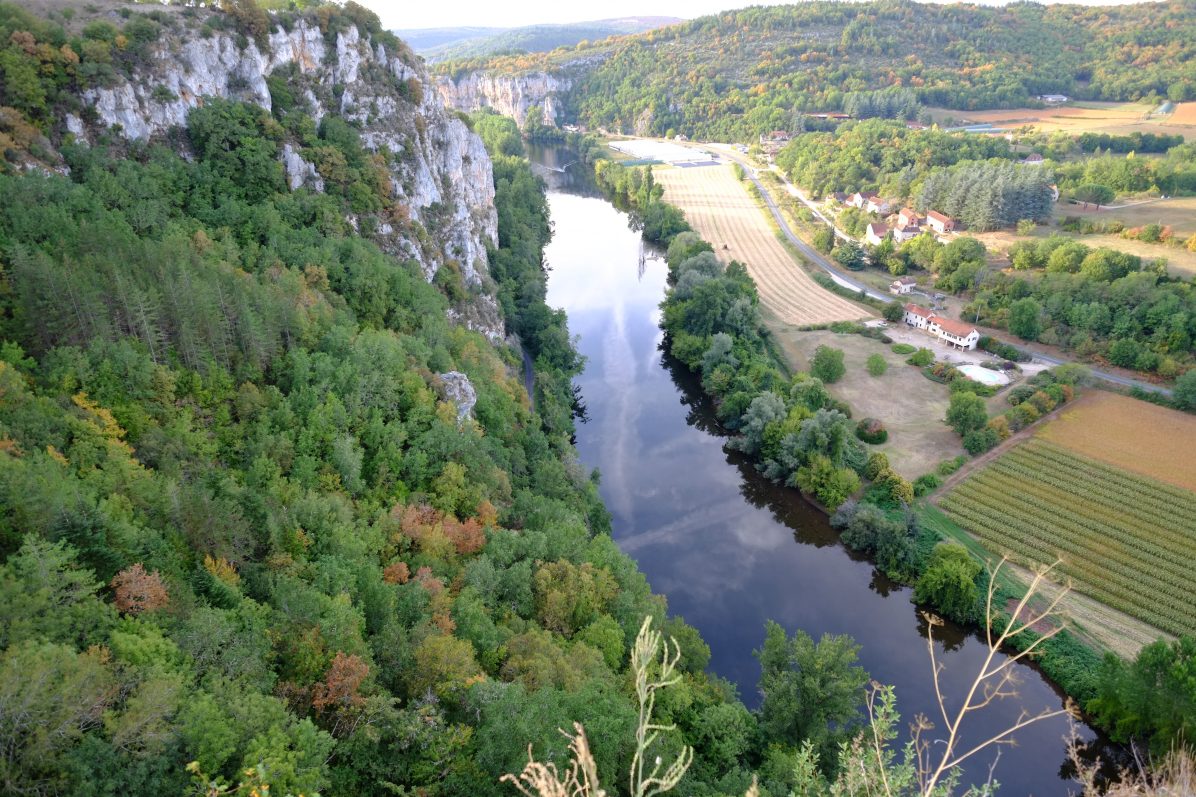
Saint-Cirq-Lapopie, Rocamadour, Capdenac le Haut, Cardaillac are fabulous villages to visit without hesitation. Apart from being members of the association of the most beautiful villages in France, they offer superb landscapes and breathtaking views.
If you like pretty villages, then you may need to allow an extra half-day to get to the village of Autoire. A place whose nickname is none other than “the little Versailles”.
The most beautiful villages of the Lot will allow you to live timeless experiences and to immerse yourself in the history of the Middle Ages. A troubled period between the Hundred Years War, the war of religion and epidemics of plague or cholera.
2. Visit Cahors, the “capital” of the department.
A wine-growing terroir
Cahors is the capital of the Lot department. A town which, like Bordeaux, has given its name to the wine of this fertile wine region. Cahors is a fruity and powerful wine made from Malbec or Auxerrois grapes, which was once renowned and consumed in all the royal courts of Europe. But to export the wine across Europe, you have to go through the ports of the Atlantic coast and the inevitable city of Bordeaux.
Little by little, the Bordeaux wine merchants understood that they were in a position of strength and try to sell their appellation to the detriment of wines from the interior. The wines of the regions of Cahors and Toulouse, therefore, began to mark time, and a conflict ensued which lasted nearly five centuries between the year 1241 (date of the Bordeaux privilege) and died out with the mediation of Louis XIV in 1773. Much time has passed, but the hostility towards the Bordeaux merchants remains in the collective memory.
In the 19th century with the disease of the vines, the black wine of Cahors, which was found on royal tables from London to Moscow, gradually fell into oblivion. A wine that was nevertheless very much appreciated by the kings of France, including François I and Colbert. As Louis XIV’s Minister of Finance, he did not hesitate to declare that “Cahors wine is far superior to Bordeaux wine”.
Cahors, a town steeped in history
And since the town of Cahors is known for its red wine, why not start your visit to the city with the castles of Lagrézette and Cayx. An excellent opportunity to discover the vineyards.
And then, before venturing into the town, you will most certainly go to Mont Saint-Cyr to enjoy a breathtaking view of the beautiful city of Cahors. You may then have the opportunity to go to the foot of the splendid Valentré bridge to discover the ferryman’s garden. One of the most extensive gardens in Cahors which has been laid out in four distinct areas. The opportunity to take a gentle romantic stroll and to go from the terrace to terrace to discover the gardeners’ inspirations.
The secret gardens of Cahors
Do you like gardens? That’s good because there are twenty-four gardens laid out all over the town of Cahors. Will you be able to find them?
To help you in your quest, here are the names of the secret gardens of Cahors: the Cordeliers’ enclosure, the Lastié courtyard, the biblical garden, the spice square, the Moorish garden, the monks’ patio, the simple people’s garden, the bouquetier’s garden, the Clément-Marot fountain, the hortus of the Benedictine nuns. Without forgetting the Basme chapel, the celestial courtyard, the witch and dragon garden, the herbarium of the hospital of Grossia, the court of the caorsins, the Saint-Jacques garden, the pilgrim garden, the crusades closet, the small clos des clarisses, the smuggler’s garden. And finally, the peddler’s path, the capitular of Villis, the hortus of the fairy Mélusine.
3. Letting yourself go along the Lot valley
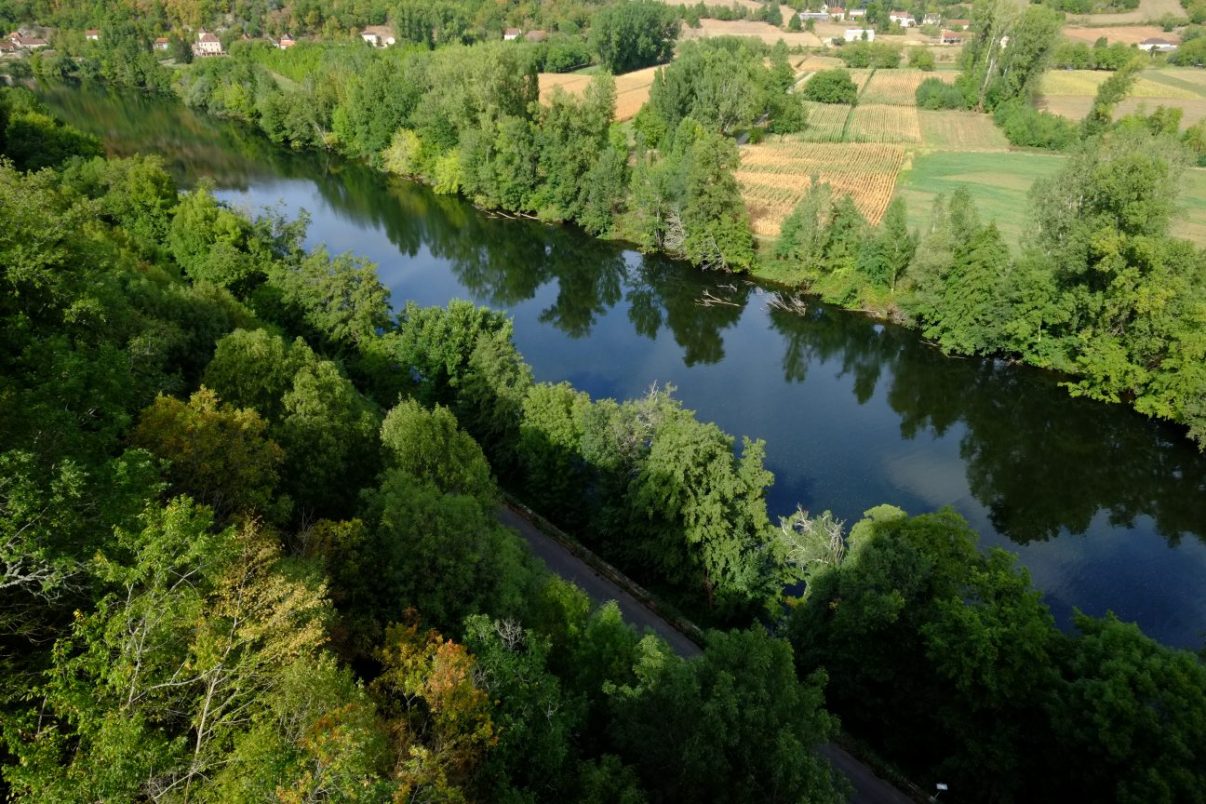
The Lot valley is one of the most beautiful places to discover in the region of Occitania, thanks to its meanders and its physiognomy. This valley offers a route that allows you to cross the Lot, Aveyron and Lozere, which are three of the most beautiful departments of France.
4. Make a stopover in Figeac, one of the things to do in the Lot region.
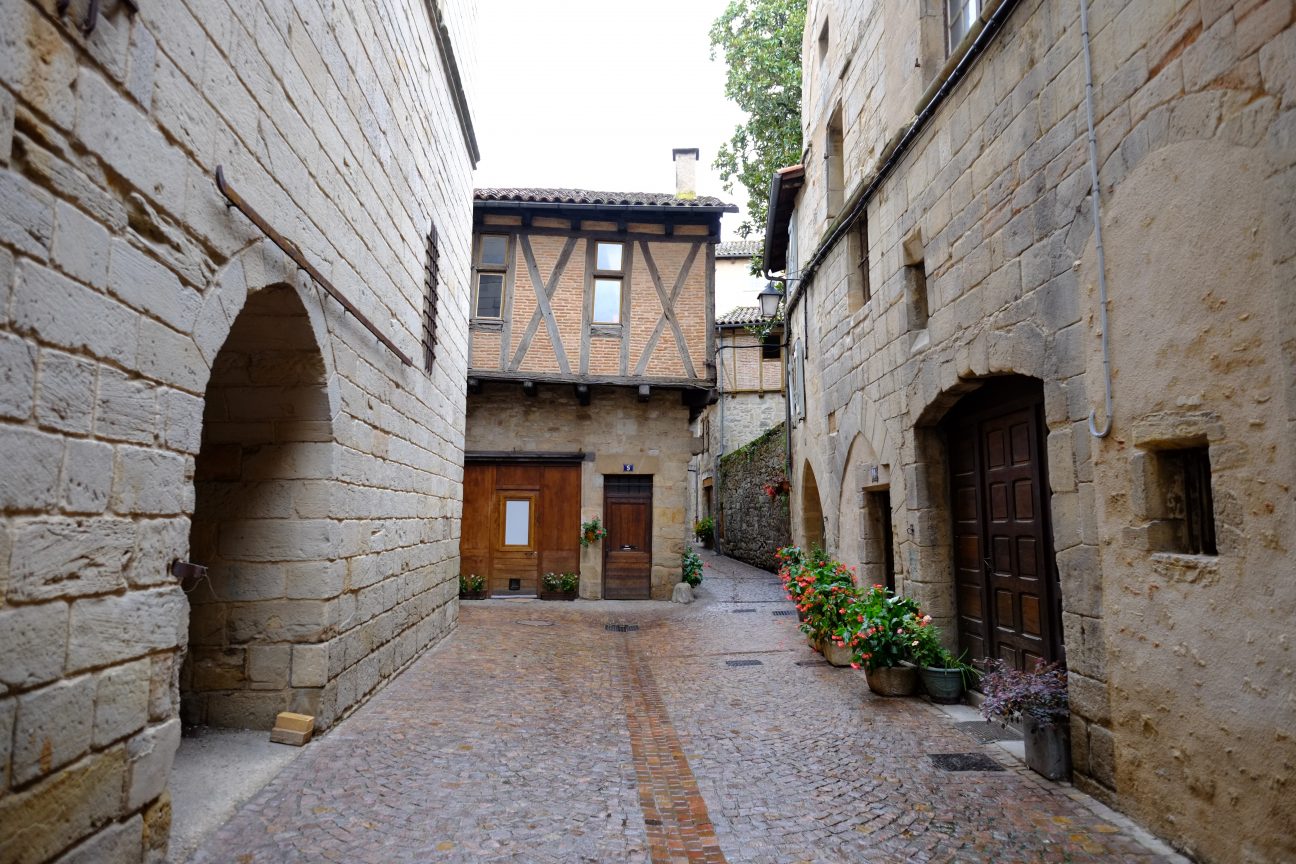
The second-largest city in the department is Figeac. A charming town that it would be a pity not to visit. First of all, because the food is particularly good, but also because it is one of the few French cities that has remained in its juice since medieval times. If in Vitré in Brittany there is a pretty medieval quarter next to the castle, in Figeac it is almost the entire town centre which is composed of houses dating from the Middle Ages. A stop in Figeac is, therefore, a leap in time to rediscover an architecture and especially the glorious history of France.
But Figeac is also and above all the town of Champollion. The famous French Egyptologist who managed to unravel the mystery of the hieroglyphs. A museum is dedicated to him on the well-named Place des écritures.
5. Walking in the forests of Quercy
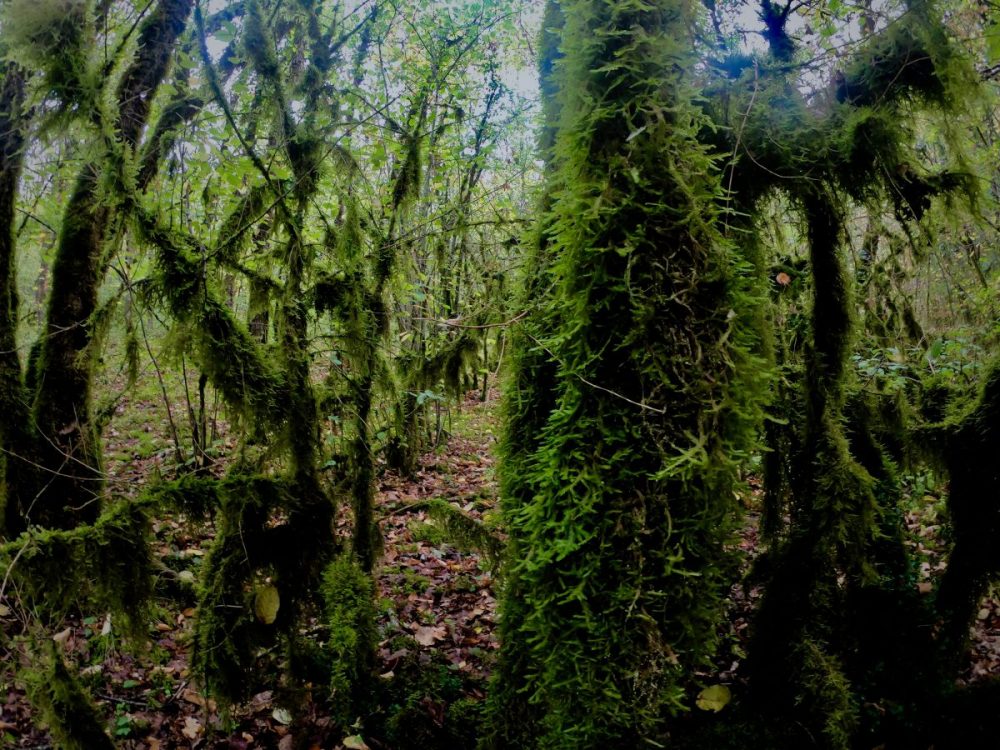
The Causses du Quercy are made up of a limestone base. As speleologists know, this crumbly soil undergoes a very particular erosion with time and earth movements. This base will give a place with time to many abysses, caves or cavities. And if the water is present, with time, over millions of years will appear a massive network of underground rivers quite chaotic and almost unfathomable. A similar phenomenon has been observed on the Yucatan peninsula in Mexico, where the leaks are known as a cenote.
The soil of the Causses du Quercy and surroundings, being somewhat fragile, one can observe immense chasms. If you like forest walks and geological oddities, you should go to Aujols. Not far from this charming village of the Lot, you can admire two or three vast chasms, some of which are secured.
6. Descend into the impressive Padirac abyss.
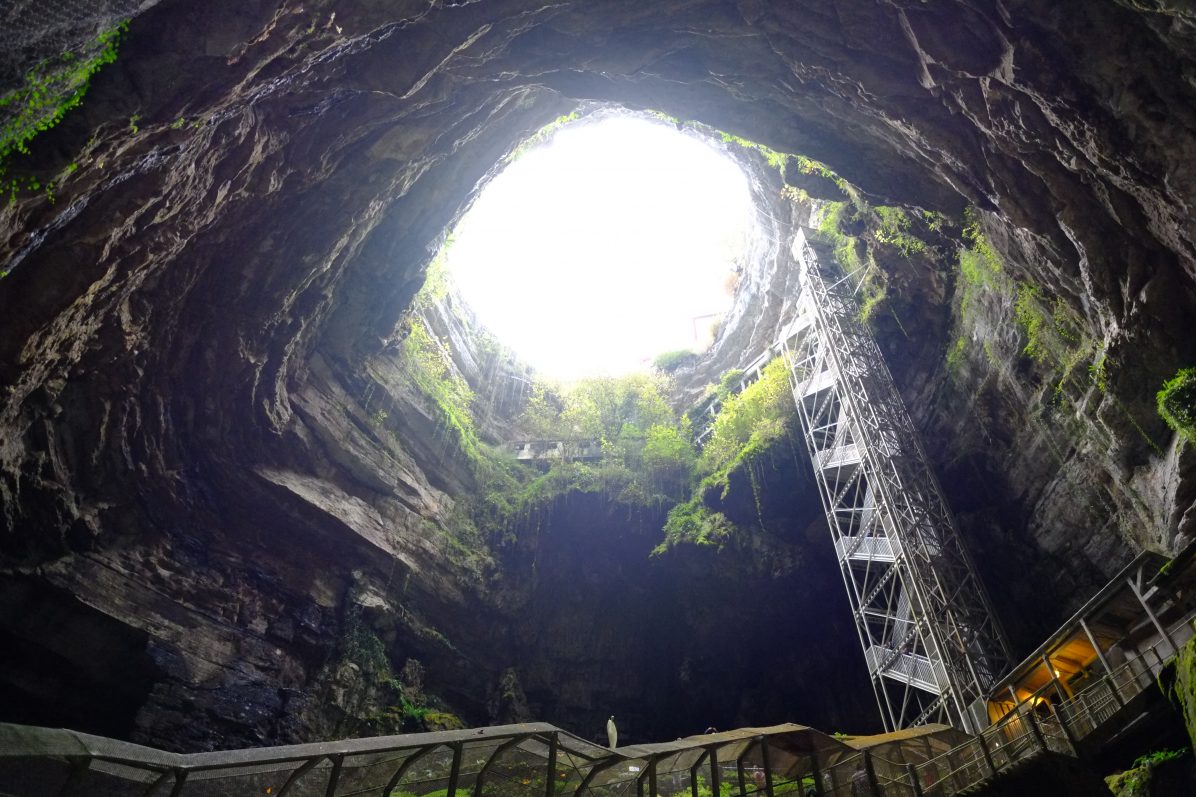
The Padirac Abyss is, as the expression goes, the visible part of the Iceberg. Even if a man did not inhabit the galleries of the Padirac Abyss during prehistory, all the caves of the Padirac chasm are a massive network of underground rivers that run for tens of kilometers long.
The Padirac Abyss is, therefore, a gaping hole with a diameter of thirty-five meters and a depth of about a hundred meters. It is estimated that over the last 130 years, nearly twenty-five million visitors have descended. This geological wonder still belongs to the same family. In 1900 there were about 4,000 visitors per year, and in 2018 there will be nearly 500,000 visitors per year, i.e. a hundred and twenty times more entries.
The only regret is that it is forbidden to take pictures in the galleries even without a flash.
The alternative to the Padirac Abyss, the Lacave caves:
For those who have already visited the Padirac Abyss, it is possible to discover in a small train in the caves of Lacave.
7. Visiting the prehistoric caves
The Caves of Cougnac and the fabulous Pesh-Merle cave are two testimonies of the prehistoric period. A unique opportunity to see original prehistoric paintings and engravings.
The discovery of the prehistoric site of Cougnac
The caves of Cougnac are located in the small town of Payrignac. This place is composed of two caves. The first one is a cave where you can discover the geological curiosities. The second cave is the highlight of the visit as it is the cave where you can admire the cave paintings. In this cave, there are about eight representations, each one about one and a half meters wide. These are truly original works that represent the lives of prehistoric man. All at a temperature of twelve or thirteen degrees. It will be necessary to think of covering oneself well, especially in summer.
Address of the caves of Cougnac: Grottes de Cougnac, 46300 Parygnac
Pesh-Merl, the Jewel of Prehistory
The Pesh-Merl caves require a little more preparation. Entirely only because they voluntarily limit the number of visitors per day so as not to disturb the fragile balance of the cave too much.
8. Searching for the castles of the Lot region
In the department of the Lot, there are several castles and some fortified villages. Monuments and strongholds that remind us that the Hundred Years War and the wars of religion between Catholics and Protestants took place on this rugged territory.
The case of Capdenac le Haut, a key point between Quercy and Rouergue
Capdenac le Haut, for example, is an illustrious example. During the Hundred Years’ War, the fortified village of Capdenac le Haut was never taken.
It must be said that this place, which lies on a rocky spur between two meanders of the river Lot, has always been occupied since antiquity. Some historians believe that it was at Capdenac that the last battle between the Romans and Gauls took place. This place was nicknamed the Gate of Gergovia.
Another critical point at the time of the wars of religion between the XVI and XVII, the fortified village of Capdenac was clearly in the centre of the military stakes. Moreover, this fortified place has always been the object between different lords. Towards the Xth century, this military site was shared by 18 co-lords and up to 100 co-lords towards the end of the XVIIth century.
The castle of Cénevières
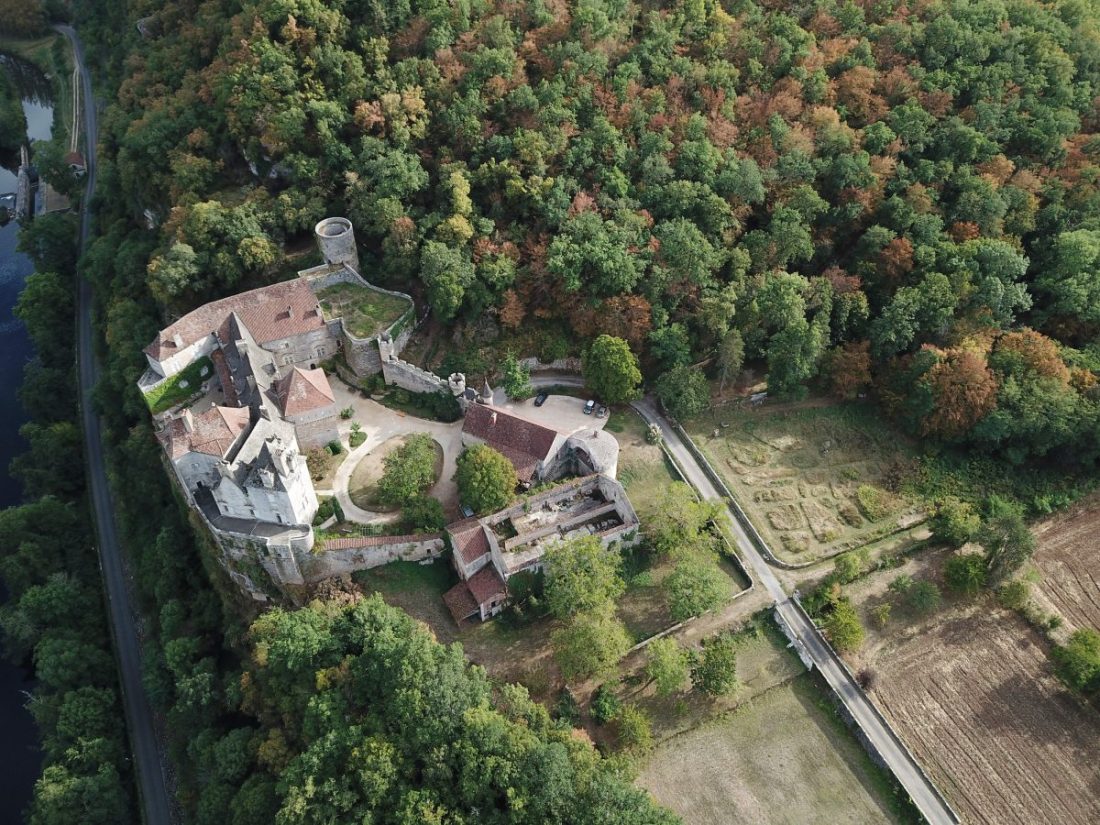
This castle situated in the beautiful meanders of the Lot valley has long played a strategic role. Notably during the Hundred Years War against the English. With the centuries the castle of Cénevières has evolved. And it is a beautiful Renaissance-style castle that overlooks the surroundings and offers a breathtaking panoramic view of the Lot—a place to see and visit without moderation.
Our advice: After the visit to the castle, do not hesitate to take the road north to discover the village of Marcilhac-sur-Célé.
The Valentré bridge, one of the few fortified bridges in France.
This bridge which marks one of the entrances to the town of Cahors, is also called the Devil’s Bridge. With a total length of nearly one hundred and forty meters, this bridge dominates the river Lot. With its three fortified towers, it was one of the locks of the city. A monument to be visited to discover a type of fortified architecture dating from the Middle Ages.
photo credits: Yann Vernerie
Acknowledgements: ADT du Lot without whom this article could not have been published.